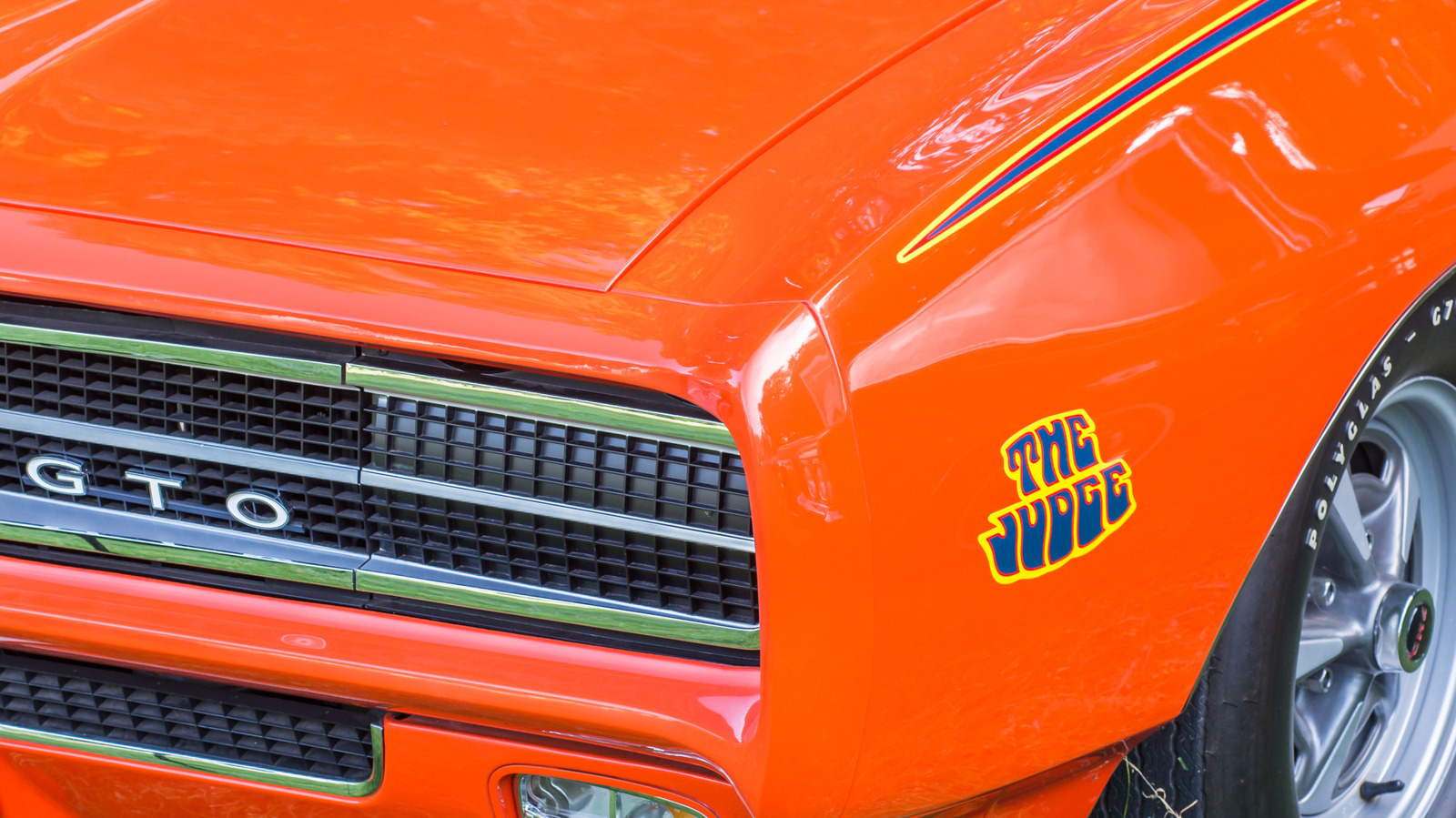Summary
At one point, Oldsmobile, Buick, and Pontiac all had 455 cubic-inch under the hood of some of their models. However, that doesnt mean they are the same.
Source: jalopnik

AI News Q&A (Free Content)
Q1: What are the main differences between the Oldsmobile, Buick, and Pontiac 455 engines in terms of design and performance?
A1: The Oldsmobile, Buick, and Pontiac 455 engines, while sharing the same cubic-inch displacement, differ significantly in design and performance characteristics. The Oldsmobile 455 is known for its high deck height and was part of the Rocket V8 series, featuring a longer stroke to increase displacement. Buick's 455 engine, part of the V8 family, was developed for performance and efficiency, focusing on a balanced approach to power delivery. The Pontiac 455, meanwhile, is unique among GM engines as it didn't differentiate between small-block and big-block categories, using a consistent block size across various displacements. These engines were designed for different performance needs, with variations in their cylinder heads, intake manifolds, and exhaust systems influencing their power outputs and efficiency.
Q2: How did the introduction of the 455 engines impact the muscle car segment in the 1960s and 70s?
A2: The introduction of the 455 engines by Oldsmobile, Buick, and Pontiac significantly impacted the muscle car segment in the 1960s and 70s by offering powerful yet affordable performance options. These engines were central to the development of iconic muscle cars like the Oldsmobile 442, Buick GS, and Pontiac GTO. Each brand leveraged its version of the 455 engine to compete in the high-performance market, offering more horsepower and torque, which were critical in the muscle car wars of that era. This competition pushed innovations in engine performance and established these brands as leaders in the muscle car industry.
Q3: What advancements in engine technology have been made since the era of the 455 engines?
A3: Since the era of the 455 engines, there have been significant advancements in engine technology, including the development of fuel injection systems, turbocharging, and advanced computer-controlled engine management systems. These innovations have led to more efficient, powerful, and environmentally friendly engines. The use of lightweight materials and improved manufacturing techniques has also enhanced engine performance and durability. Modern engines benefit from precise fuel control and optimized combustion processes, which were not possible during the 455 engine era.
Q4: Are there any modern applications or tributes to the classic 455 engines in today's automotive market?
A4: Modern vehicles often pay tribute to the classic 455 engines through special edition models and retro-designs that evoke the muscle car era. For example, some manufacturers offer performance packages that mimic the styling and performance attributes of classic muscle cars. Additionally, the aftermarket industry continues to produce parts and kits that allow enthusiasts to rebuild and enhance the original 455 engines, keeping their legacy alive in the car culture. This resurgence of interest highlights the enduring appeal of these powerful engines.
Q5: What role did the 455 engines play in shaping the identity of Oldsmobile, Buick, and Pontiac brands?
A5: The 455 engines played a crucial role in shaping the identity of Oldsmobile, Buick, and Pontiac by positioning them as leaders in the muscle car market. These engines helped define each brand's performance image, with Oldsmobile focusing on refined power, Buick on a balance of luxury and performance, and Pontiac on raw power and speed. The success of these engines in competitive racing and consumer markets cemented their legacy and established these brands as icons of American automotive history.
Q6: How have virtual reality technologies been used to educate about automotive engine assembly and disassembly?
A6: Virtual reality technologies have been effectively used to educate about automotive engine assembly and disassembly by providing immersive training environments. A recent study developed a VR system for training students on engine assembly and disassembly, highlighting its effectiveness in improving learning outcomes. The system offers interactive, hands-on experience without the need for physical engines, reducing costs and enhancing accessibility. This approach allows users to explore engine components and processes in detail, fostering a deeper understanding of automotive technologies.
Q7: What historical significance do the 455 engines hold in the context of American automotive engineering?
A7: The 455 engines hold significant historical importance in American automotive engineering as they represent a pinnacle of muscle car performance during the 1960s and 70s. They exemplify the era's engineering focus on high displacement and power output, which defined the muscle car phenomenon. These engines contributed to the development of a distinct American car culture centered around speed, power, and performance, influencing automotive design and consumer expectations for decades. Their legacy continues to be celebrated by enthusiasts and collectors, underscoring their lasting impact on the industry.
References:
- Oldsmobile V8 engine
- Buick V8 engine
- Pontiac V8 engine
- A Virtual Reality Training System for Automotive Engines Assembly and Disassembly





